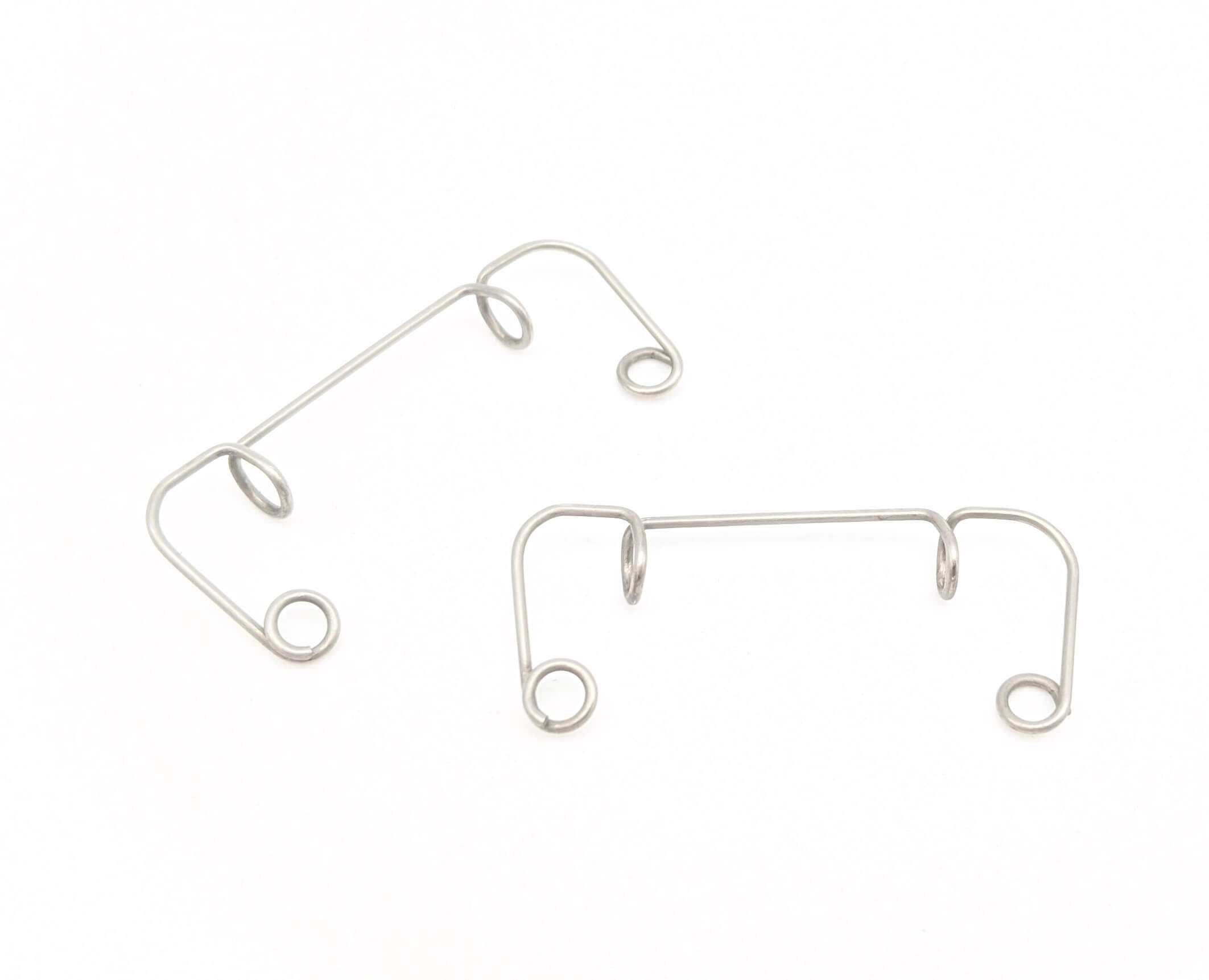Get unique, complex parts easily. No matter your requirements, Chaoyi Spring creates hard-to-produce coil springs and wire forms.
Let us help you create the custom wire form you need, from S-hooks and J-hooks to utility hooks and more.
We work closely with customers across a wide range of industries, helping them design and manufacture made-to-order parts.
Why choose Chaoyi Spring? We prioritize customer-focused collaboration, modern equipment and the latest technology to make your parts per print.
Find the information and guidance you need, from measuring a spring to learning about materials, placing an order and much more.
Small springs, those tiny coils of metal that power everything from pens to toys, can be surprisingly tough to compress. But fear not! With a little know-how and the right


Small springs, those tiny coils of metal that power everything from pens to toys, can be surprisingly tough to compress. But fear not! With a little know-how and the right tools, you can master the art of compressing small springs, whether you're a hobbyist tinker or a professional engineer.

Before diving into the how-to, let's talk about why compressing small springs can be tricky. Springs are designed to resist compression, storing energy as they're squeezed. The smaller the spring, the tighter its coils, and the more force it takes to compress it. This is why you can't just push on a small spring with your fingers and expect it to budge!
The tools you need to compress small springs depend on the spring's size and your project. Here's a breakdown of common options:
A spring compressor is a dedicated tool for compressing springs. These come in various sizes, so choose one that's compatible with the spring you're working with. They work by applying pressure to the ends of the spring, allowing you to safely compress it without risking damage.
For smaller springs, vice grips can be a handy substitute. They're not as precise as a spring compressor, but they can do the job in a pinch. Just make sure to use the appropriate grip settings and be gentle to avoid bending or damaging the spring.
For very small springs, needle-nose pliers can provide the necessary grip. Again, use them with care, applying pressure slowly and evenly.
If you're working with springs that need to be compressed to a specific length, a drill press can be a valuable asset. Use a chuck to hold the spring securely and slowly lower the drill press to compress the spring to the desired length. Be mindful of the spring's material and the force you apply.
Always wear safety glasses when working with springs. Compressed springs can store significant energy and can potentially release this energy with force if mishandled. Be aware of potential dangers and always use caution.
Now that you have the right tools, here's how to compress your small springs safely and effectively.
• Insert the spring into the compressor, ensuring it's securely held. • Turn the handle slowly, applying pressure to the spring. • Stop compressing when you reach the desired length.
• Place the spring in the vice grips. • Apply pressure slowly and evenly. • Release pressure if the spring starts to bend or deform.
• Use needle-nose pliers to grip the ends of the spring. • Apply pressure slowly and steadily. • Be very careful not to bend or damage the spring.
• Mount the spring in the drill press chuck. • Slowly lower the drill press, compressing the spring. • Stop when you reach the desired length.
Here are some tips to make compressing small springs a smoother experience:
• If you're unsure about the best tool for your specific spring, it's always a good idea to consult a spring manufacturer or supplier. • If you're working with a delicate spring, consider using a softer material like plastic or rubber to cushion the spring while you compress it. • If you're not sure how much to compress a spring, start with a small amount and gradually increase the pressure until you reach the desired length.
Compressing small springs is a task that requires patience and care. Don't rush the process, and always use the right tools and techniques to avoid damage. With a little practice, you'll be able to compress small springs with confidence.
Mastering the art of compressing small springs is a valuable skill for any hobbyist or professional. It opens up a world of possibilities for projects that rely on the power and flexibility of springs. Remember to prioritize safety, use the right tools, and approach the task with patience. Happy spring-compressing!
Browse some of the custom wire forms and springs that we manufacture. Don’t see what you need? We specialize in made-to-order products that meet your application requirements.
Visit Our GalleryNeed a custom wire form or coil spring? We make it work. Fill out the contact form and a representative will respond within 1 business day. If you have a PDF or CAD file, you can submit to request a quote.